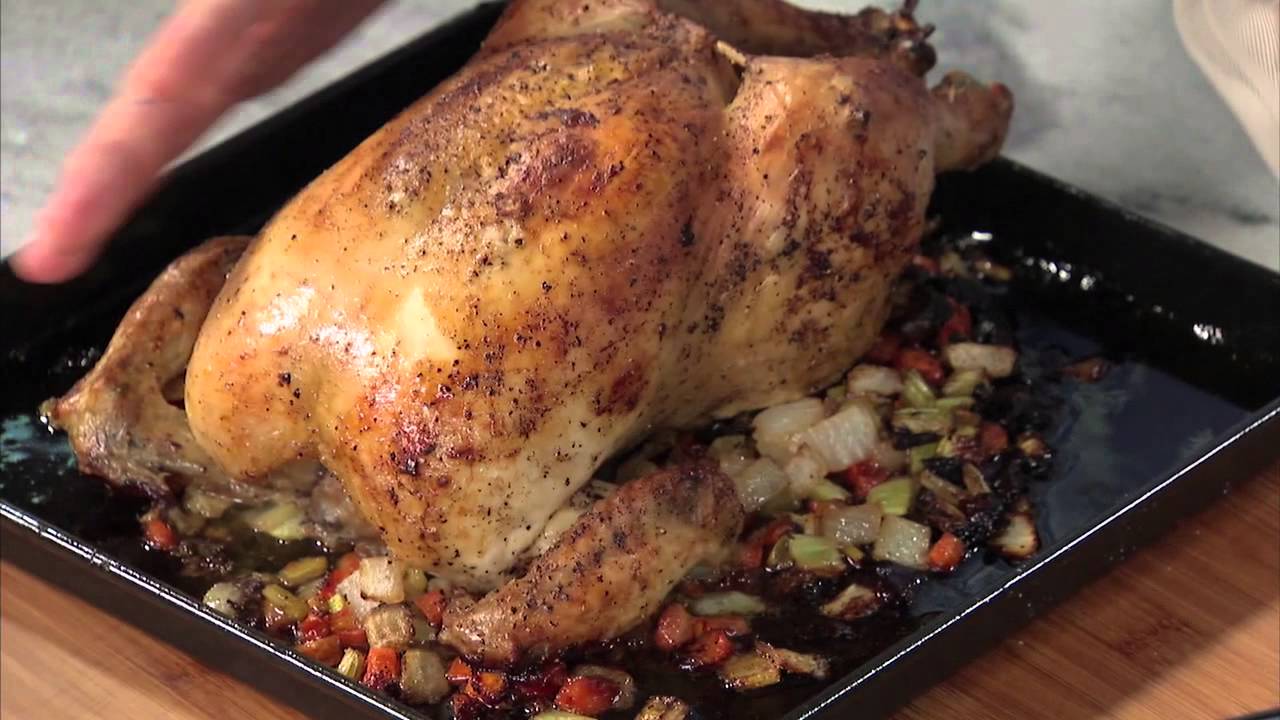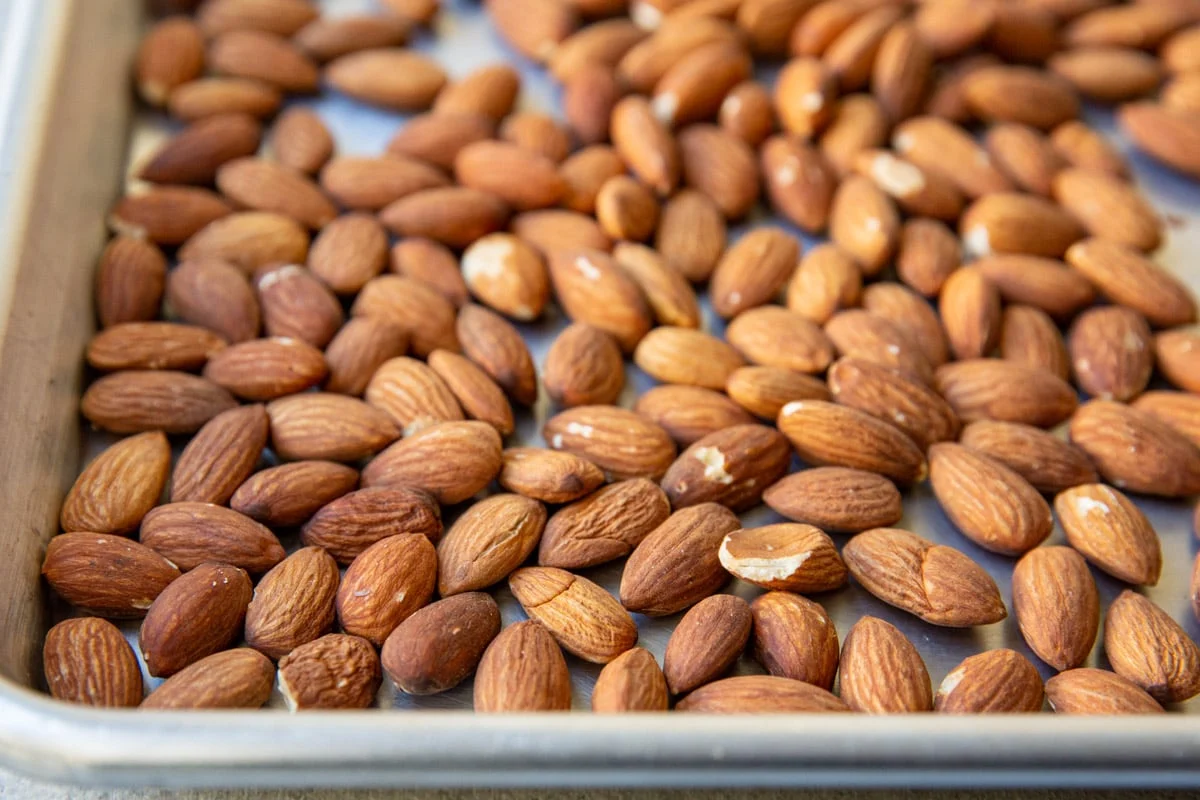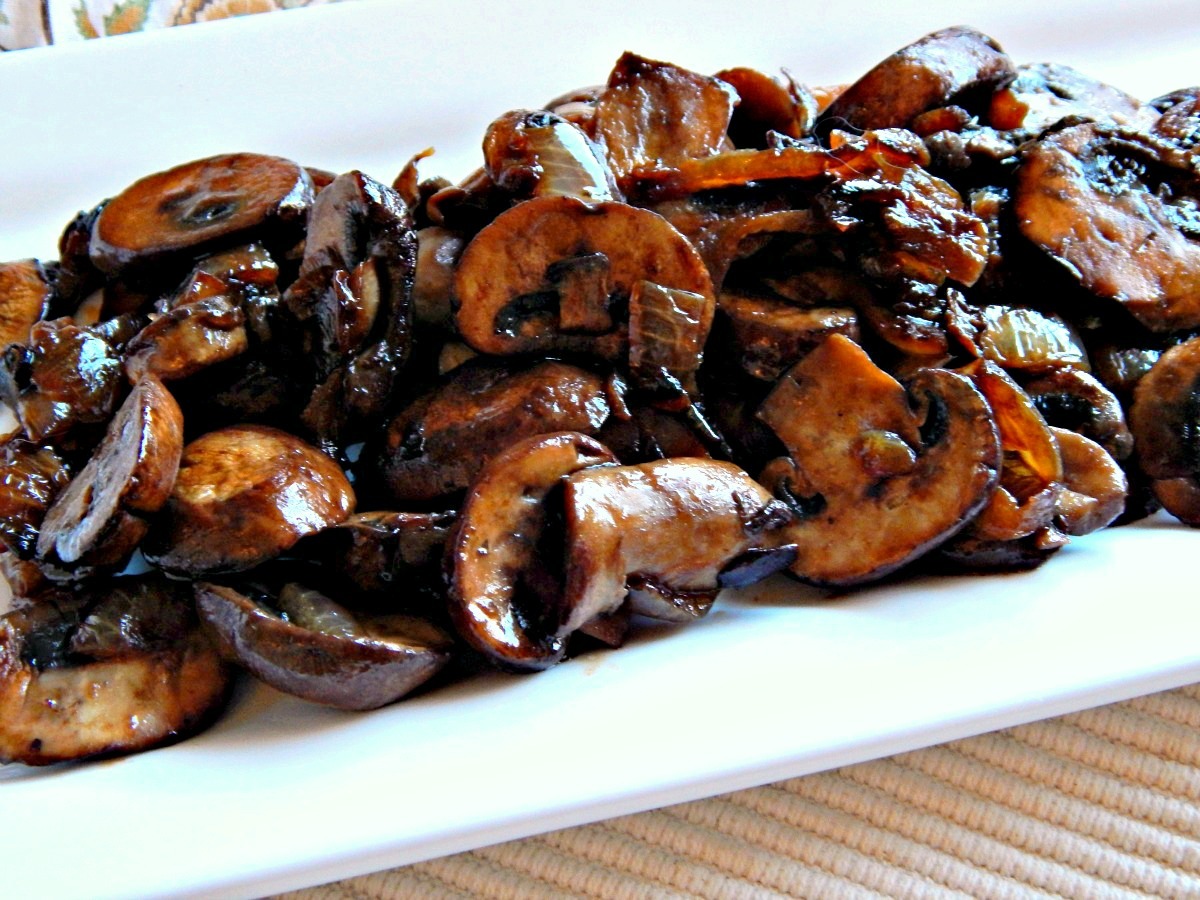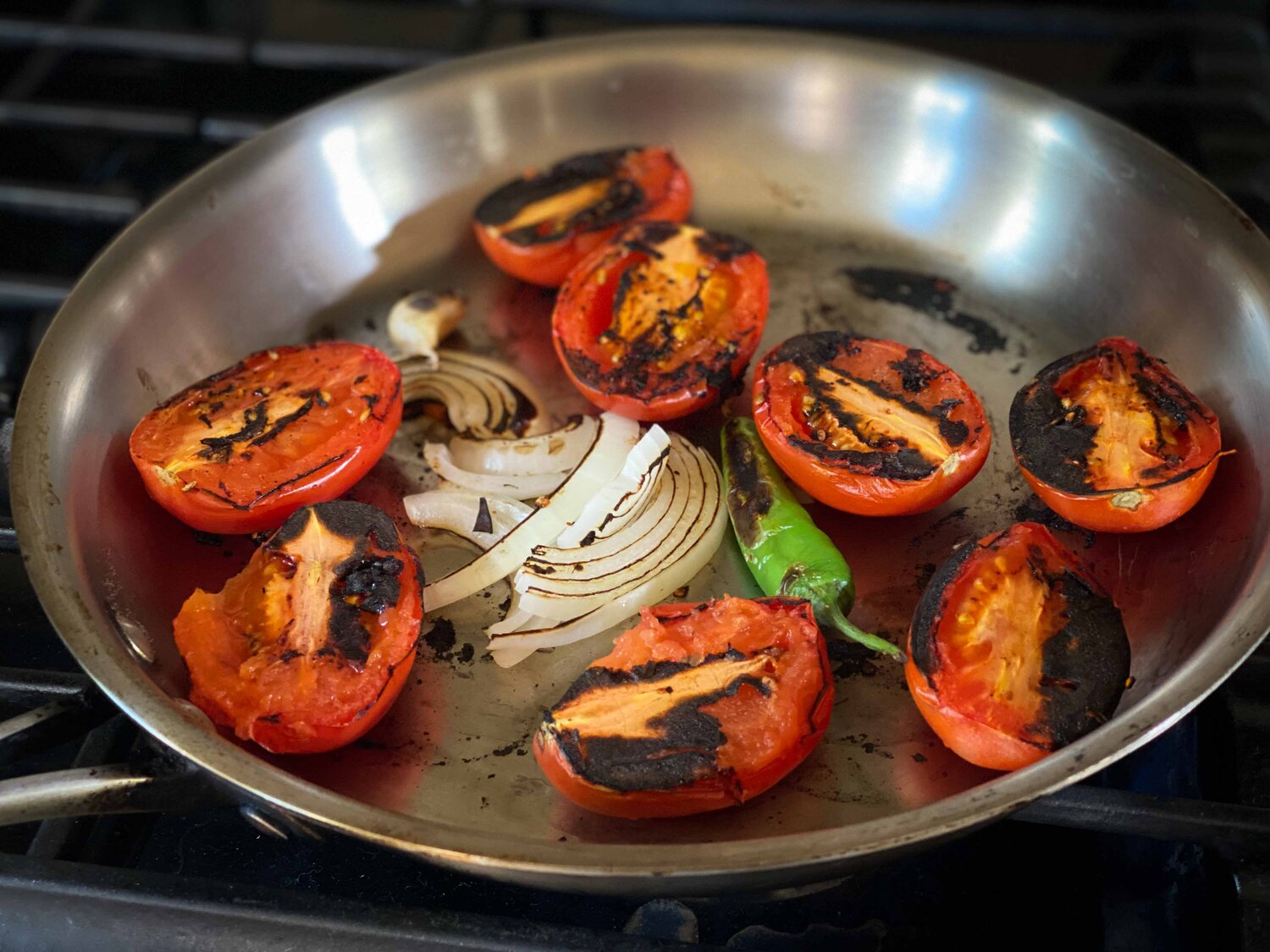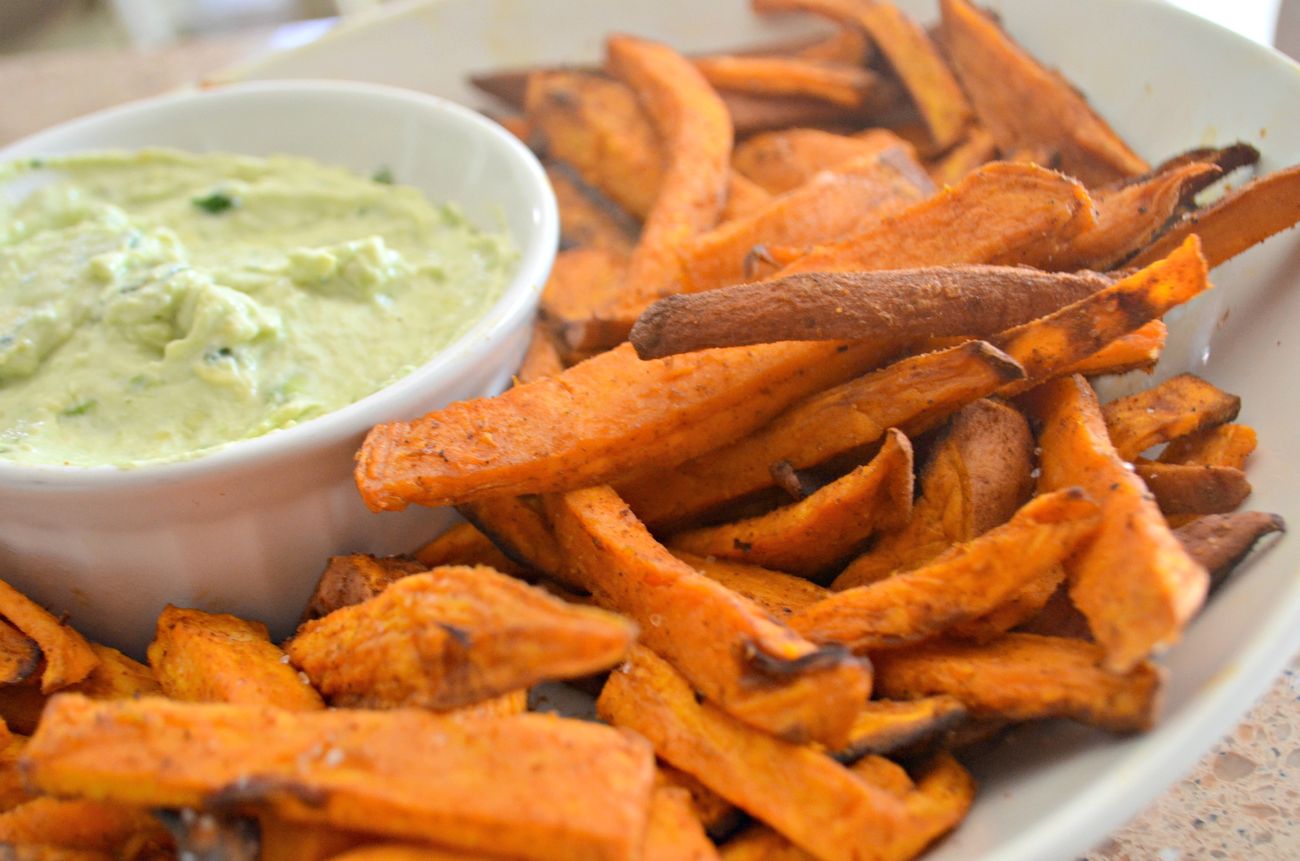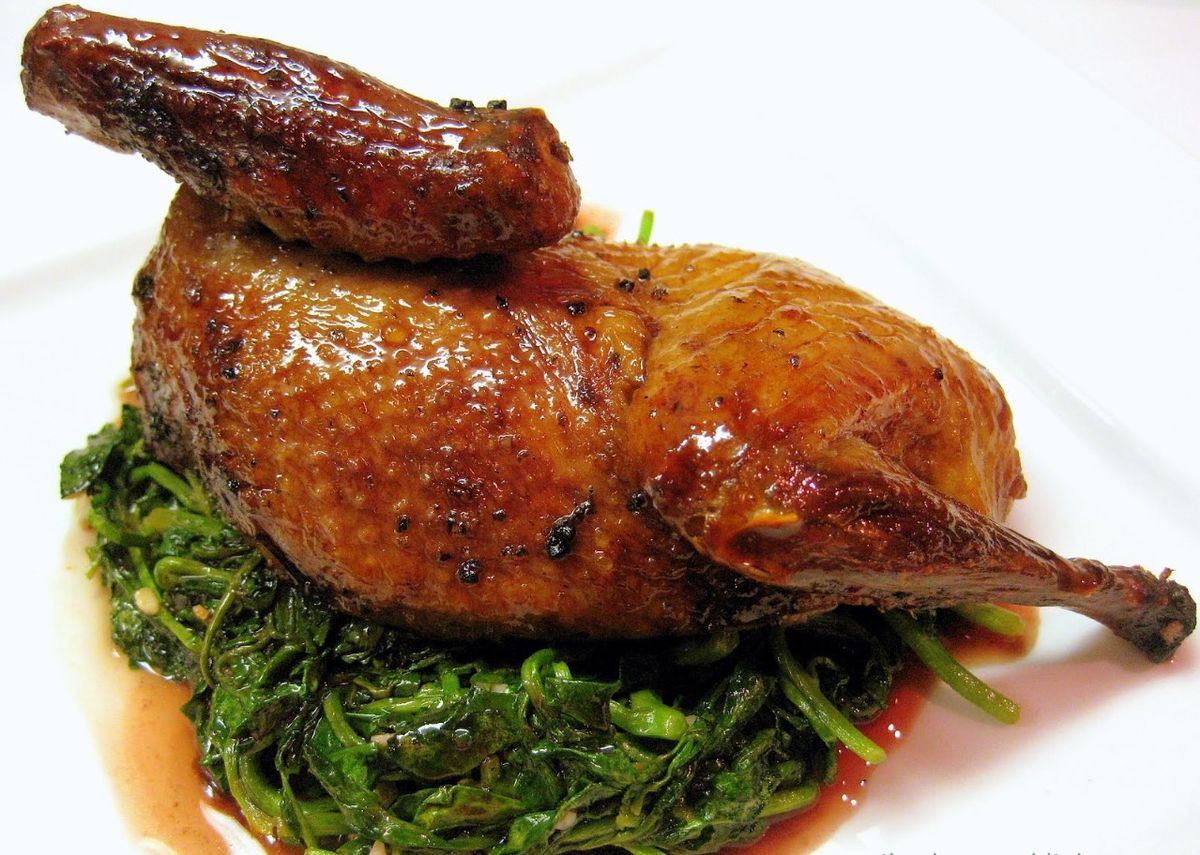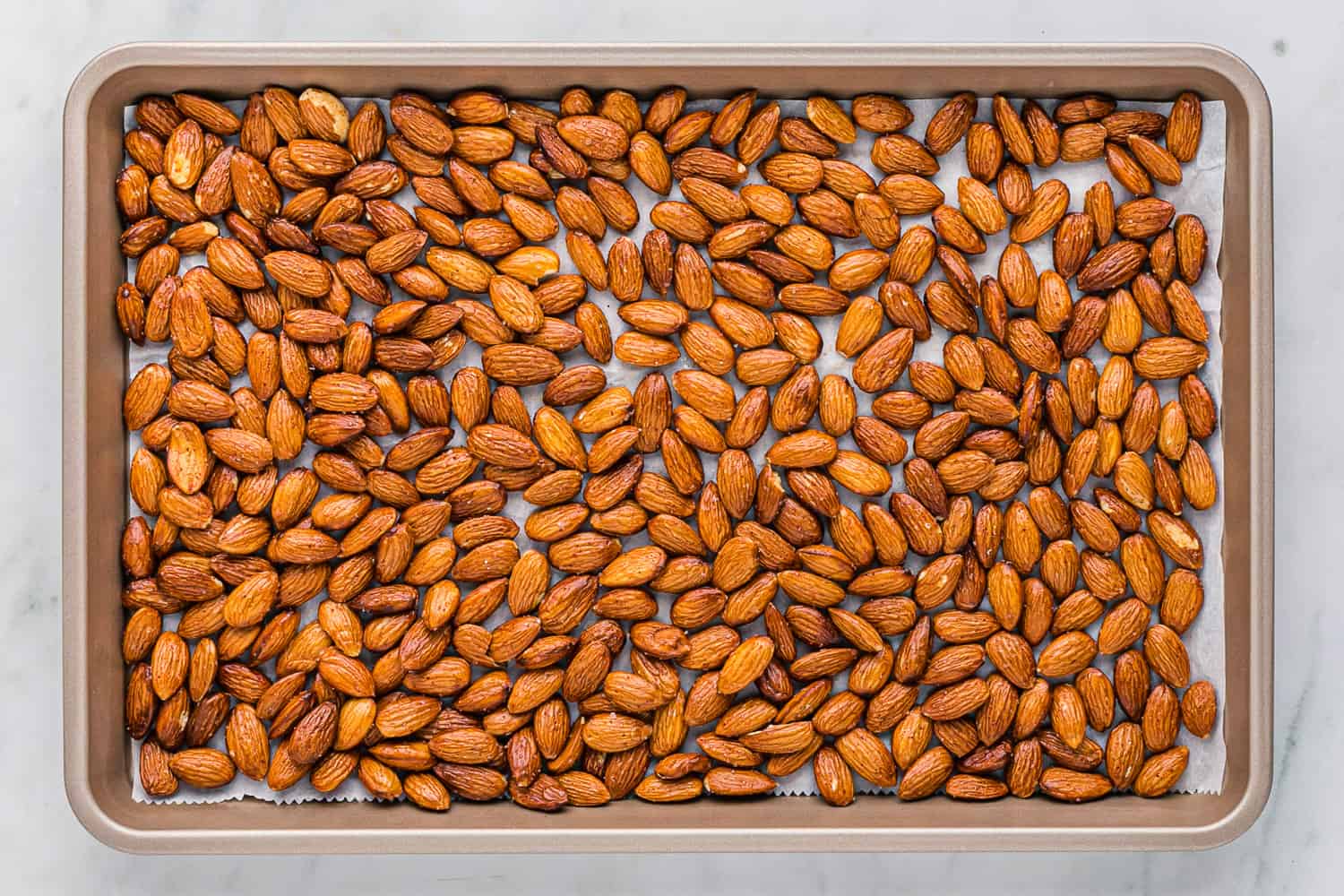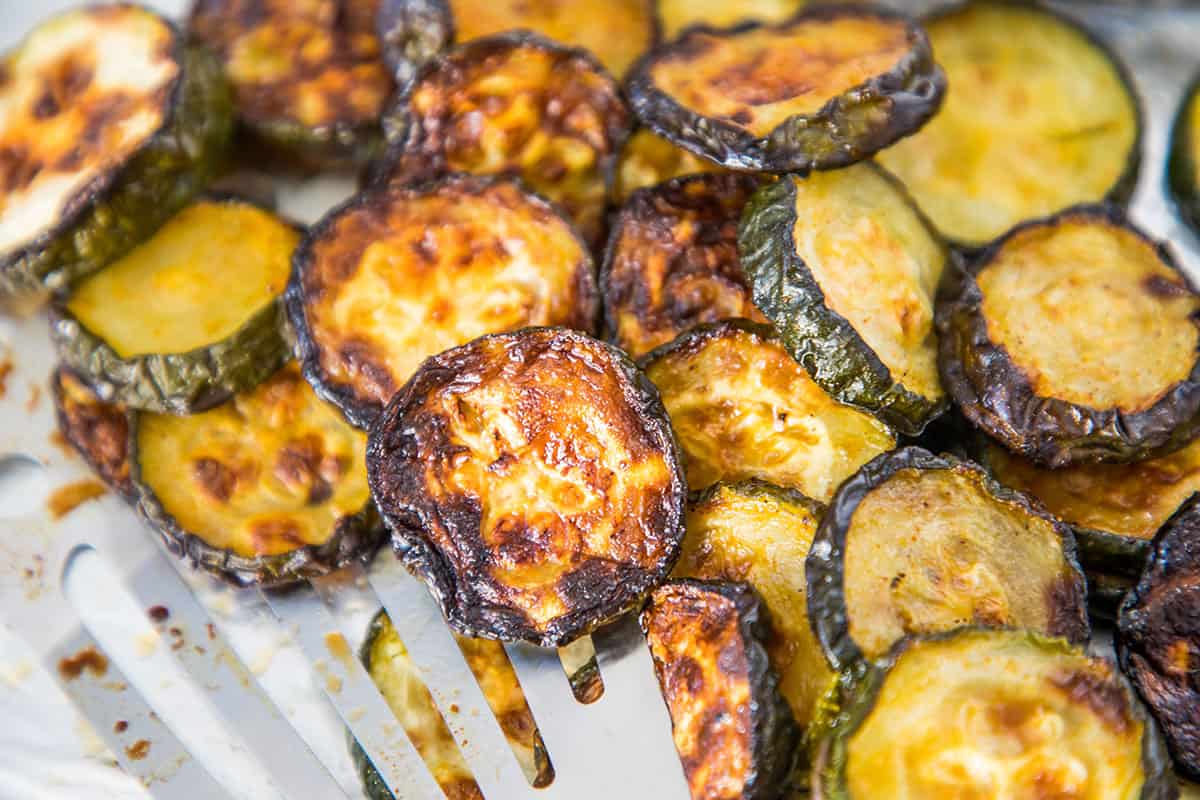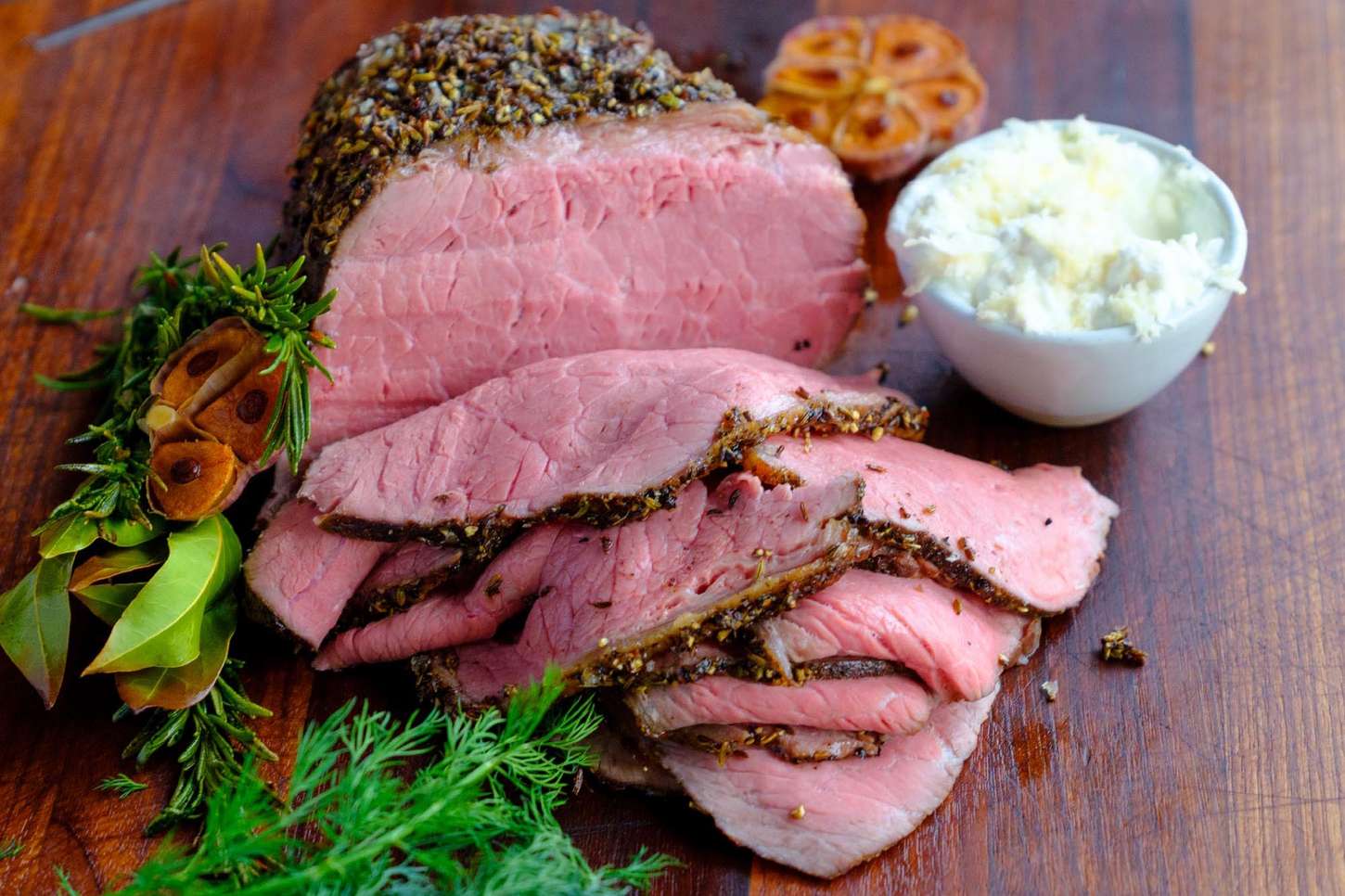When it comes to cooking a delicious tri tip roast, a meat thermometer can be a handy tool for ensuring the perfect level of doneness. However, if you find yourself without a meat thermometer, fear not! You can still achieve a mouthwatering, perfectly cooked tri tip roast using alternative methods to gauge its doneness. In this guide, we'll explore how to roast tri tip without a meat thermometer, so you can impress your family and friends with a delectable meal.
Visual Cues
One of the most effective ways to determine the doneness of a tri tip roast without a meat thermometer is to rely on visual cues. By observing the color and texture of the meat, you can make an educated guess about its level of doneness. Here's how to do it:
- Rare: The meat will appear red and feel quite soft to the touch.
- Medium-rare: The meat will have a pinkish-red center and feel slightly firmer than rare.
- Medium: The center will have a more pronounced pink color, and the meat will feel firmer to the touch.
- Well-done: The meat will have only a slight hint of pink and will feel quite firm.
Time and Temperature
Another approach to roasting tri tip without a meat thermometer is to rely on cooking time and oven temperature. While this method may not be as precise as using a thermometer, it can still yield delicious results. Here's a general guideline for roasting a tri tip roast based on oven temperature:
- Preheat your oven: Set the oven to 425°F (220°C) and allow it to preheat while you prepare the tri tip roast.
- Cooking time: For a 2 to 3-pound tri tip roast, cook for approximately 30 to 40 minutes for medium-rare, or 40 to 50 minutes for medium.
- Resting time: Once the roast is done, let it rest for 10 to 15 minutes before slicing to allow the juices to redistribute.
Touch Test
In addition to visual cues and cooking time, the touch test can also help you determine the doneness of a tri tip roast. By pressing the meat with your fingertips, you can assess its level of doneness based on its firmness. Here's how to do it:
- Rare: The meat will feel quite soft and yield easily to pressure.
- Medium-rare: The meat will feel somewhat springy and offer a bit of resistance.
- Medium: The meat will feel firmer and spring back with some resistance.
- Well-done: The meat will feel very firm and spring back with significant resistance.
Rest and Slice
Once you've roasted the tri tip to your desired level of doneness, it's crucial to allow it to rest before slicing. This resting period allows the juices to redistribute, resulting in a more flavorful and tender roast. Aim to let the tri tip rest for at least 10 to 15 minutes before slicing it against the grain to ensure maximum tenderness.
In conclusion, while a meat thermometer can be a valuable tool for roasting tri tip, it's entirely possible to achieve excellent results without one. By relying on visual cues, cooking time and temperature, the touch test, and allowing the roast to rest before slicing, you can confidently roast a tri tip to perfection, even without a meat thermometer. So, the next time you find yourself without this handy gadget, don't hesitate to put these alternative methods to the test and savor the delicious results.
